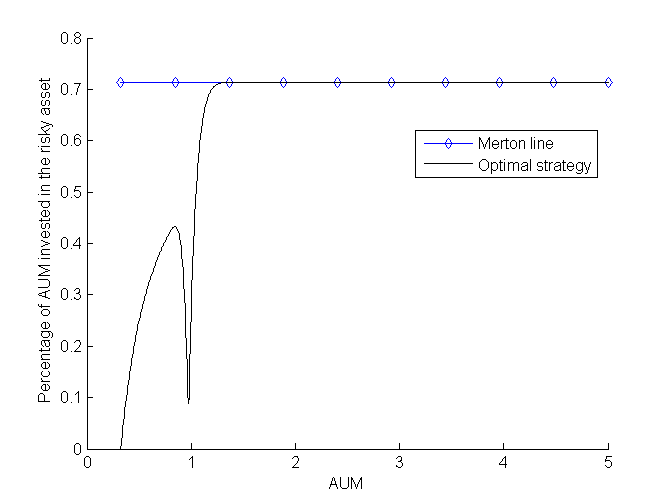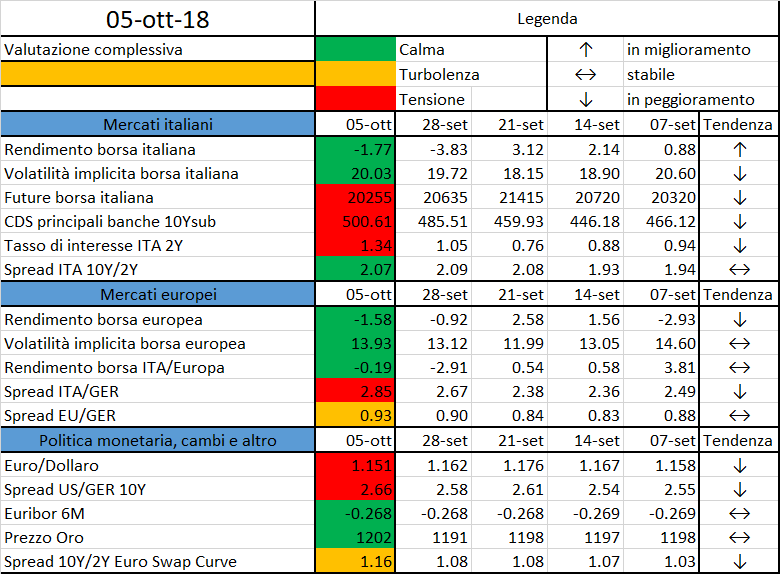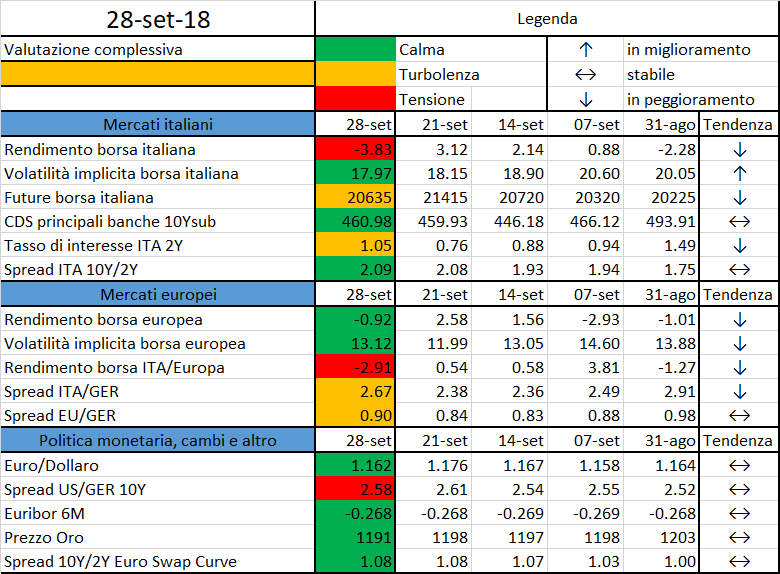By decision of 4 March 2015, the European Central Bank (ECB) put in place a secondary markets public sector asset purchase programme (‘PSPP’). The PSPP is one of the four sub-programmes of the Expanded Asset Purchase Programme (‘APP’) announced by the ECB in January 2015 and generally referred to as ‘quantitative easing’. The other three sub-programmes of the APP, to which the PSPP is subsidiary, concern the purchase of private bonds.
The APP, and therefore the PSPP, aim to respond to the risks of deflation in the euro area and thus to maintain price stability. A large purchase of securities, including public sector bonds, is supposed to ease monetary and financial conditions enabling undertakings and households to obtain financing at more favourable prices. In principle, this stimulates investment and consumption, which contribute to returning inflation rates to the target level, namely below, but close to, 2%. The PSPP was set up in an environment where key ECB interest rates were at their lower bound and private purchase programmes were judged to have provided insufficient scope to achieve that goal. The only category of securities considered capable of providing the purchase volume needed to bridge the inflation gap, owing to its market volume at that time, was that of public sector bonds.
Several groups of individuals have brought before the Bundesverfassungsgericht (Federal Constitutional Court, Germany) various constitutional actions concerning various decisions of the ECB relating to the APP, the participation of the Deutsche Bundesbank (German Central Bank) in the implementation of those decisions or the alleged failure of it to act with regard to those decisions and the alleged failure of the Federal Government and the Lower House of the German Federal Parliament to act in respect of that participation and those decisions.
They claim that the PSPP infringes the prohibition of monetary financing of the Member States 2 and the principle of conferral of powers3 Moreover, they claim that the decisions on the PSPP undermine the principle of democracy enshrined in the Grundgesetz (German Basic Law) and, accordingly, undermine German constitutional identity.
In today’s Opinion, Advocate General Melchior Wathelet proposes that the Court should reply to the Bundesverfassungsgericht by stating that the examination of the decision of the ECB establishing the PSPP4 (‘the PSPP decision’) has not revealed any factor capable of affecting its validity.
The Advocate General considers, in the first place, that the PSPP decision does not infringe the prohibition of monetary financing. The PSPP does not give the European System of Central Banks (ESCB)’s intervention an effect equivalent to that of a direct purchase of government bonds from the public authorities and bodies of the Member States and, secondly, it is not such as to lessen the impetus of the Member States to follow a sound budgetary policy.
As regards the claim that the PSPP has an effect equivalent to that of a direct purchase of government bonds from the public authorities and bodies of the Member States, the Advocate General considers that the PSPP offers sufficient guarantees to prevent the conditions of issue of government bonds from being distorted by the certainty that those bonds will be purchased by the ESCB after their issue and to prevent operators which are active on the government bond markets from being able to act, de facto, as intermediaries for the ESCB for the direct purchase of bonds.
In that regard, the Advocate General notes in particular that (i) the ECB Governing Council decides on the scope, the start, the continuation and the suspension of the intervention on the secondary markets envisaged by the PSPP, (ii) the PSPP is subsidiary in relation to the other three APP programmes which concern the purchase of private bonds, (iii) unlike the OMT, the PSPP does not provide for the selective purchase of bonds, rather it provides for purchases in a manner which is representative of all the Member States of the euro area, (iv) the holding of bonds is, in principle, limited to 33% of bonds from a single issue and the ESCB is prohibited from holding more than 33% of the outstanding bonds of a single issuer for the entire duration of the PSPP, (v) there must be a minimum period between the issue of a security on the primary market and its purchase on the secondary market and (vi) the PSPP procedures communicated by the ECB are of a general nature.
In the second place, the Advocate General considers, as regards whether the PSPP exceeds the ECB’s mandate in the light of its volume, its period of application and the ensuing consequences, that the PSPP pursues a monetary policy objective using instruments which fall under that same policy. In his opinion, the ECB did not commit a manifest error of assessment in determining the objective of the programme, or in its choice of instruments to be implemented. Moreover, it did not misuse its powers or manifestly exceed the limits of its discretion.
In addition to making the purchase of government bonds conditional upon the credit quality of the issuer or guarantor, three of the PSPP’s characteristics in particular ensure that the programme does not, principally, pursue an economic policy objective. First, purchases of government bonds under the PSPP are subsidiary in relation to the activities authorised by the other three APP programmes which all concern the purchase of private bonds. Second, the purchases authorised by the PSPP are distributed across all of the euro area Member States in accordance with a fixed and objective distribution key, which is independent of the individual economic situation of those States. Third, risk sharing is limited to 20% of purchases made under the PSPP.
Court of Justice of the European Union – Press Release No 145/18 (PDF)










